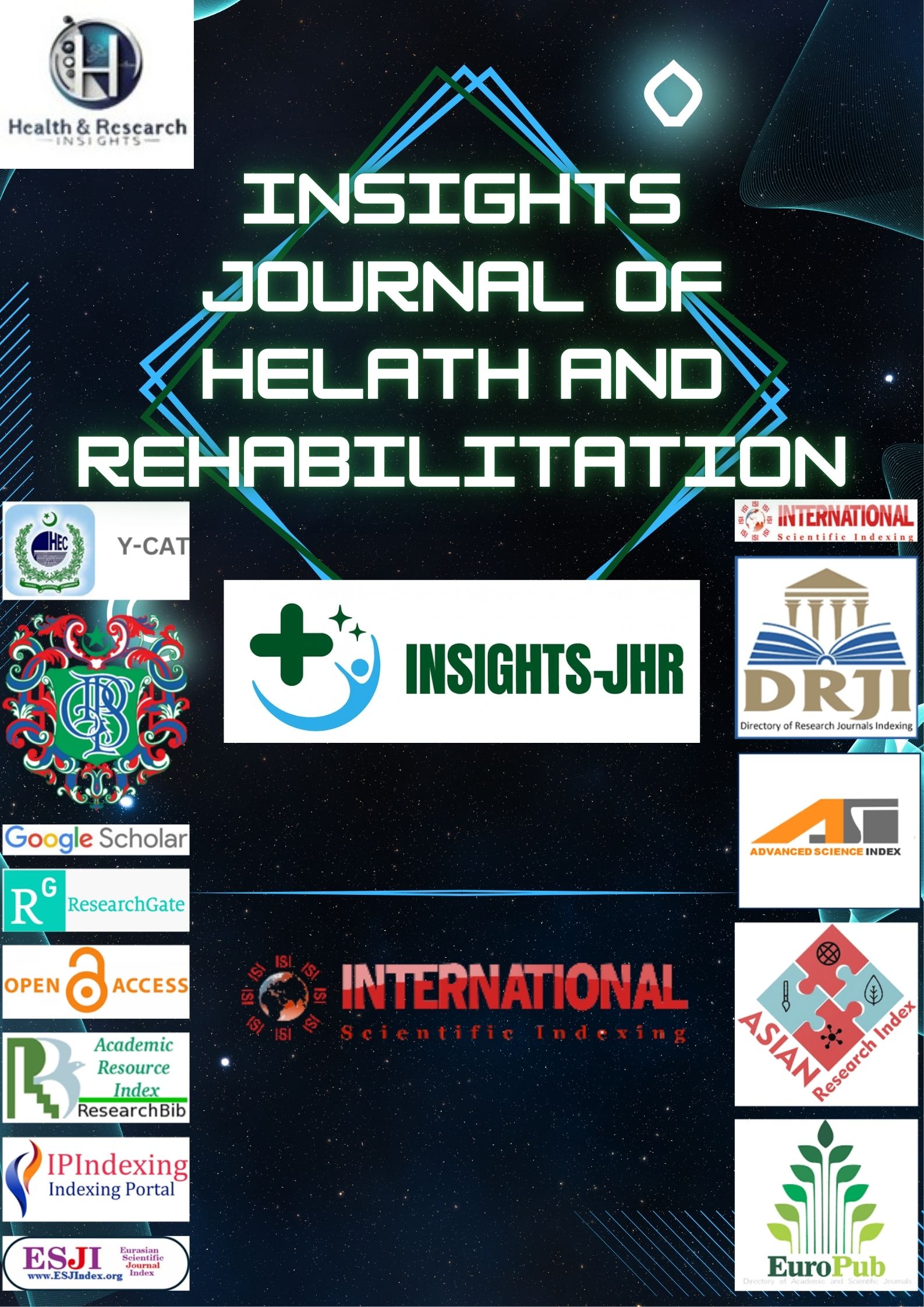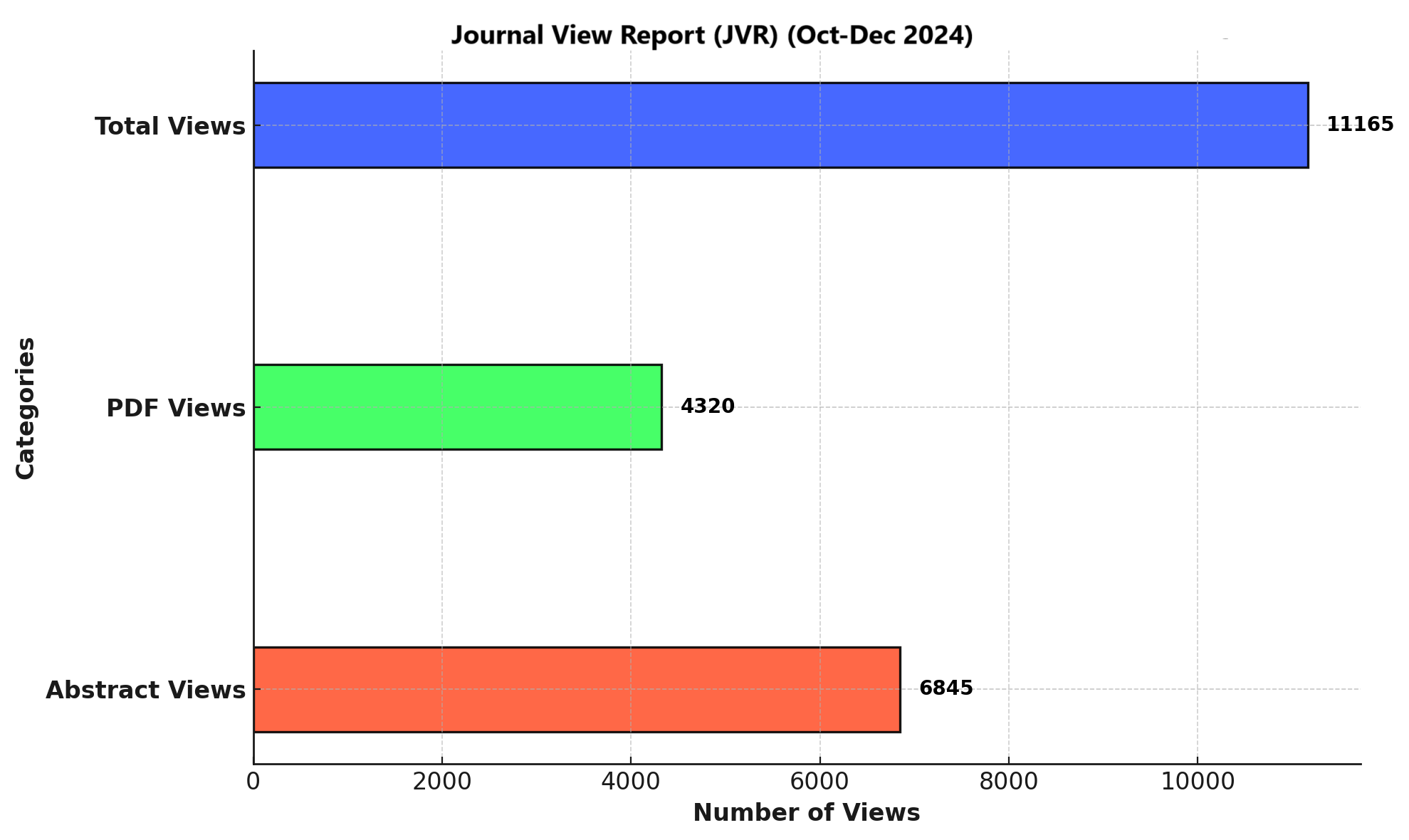CLINICAL FINDINGS OF TARLOV CYST ACCORDING TO ITS LOCATION AND LEVEL IN LUMBOSACRAL SPINE ON MAGNETIC RESONANCE IMAGING
DOI:
https://doi.org/10.71000/rn31fs95Keywords:
Bowel Dysfunction AND Tarlov Cyst, Female Predominance AND Spinal Cyst, Lumbar Spine AND Perineural Cyst, Magnetic Resonance Imaging AND Lumbosacral Spine; , Neurological Deficits AND Sacral Cyst, Sacral Region AND Tarlov Cyst, Spine MRI AND RadiculopathyAbstract
Background: Tarlov cysts are cerebrospinal fluid–filled sacs that most frequently arise in the lumbosacral region of the spine. Although often asymptomatic, they can present with a spectrum of neurological deficits when exerting mass effect on adjacent nerve roots. Symptoms such as numbness, pain, reflex loss, and bowel or bladder disturbances significantly affect patients’ quality of life. Magnetic resonance imaging (MRI) remains the gold standard for detection and characterization of these lesions, offering detailed insights into their location, size, and relationship with surrounding structures.
Objective: To evaluate the clinical manifestations of Tarlov cysts in relation to their level and anatomical location using MRI in patients presenting with neurological deficits.
Methods: A descriptive cross-sectional study was conducted at Ghurki Trust and Teaching Hospital, Lahore, enrolling 60 patients under 40 years of age who presented with neurological complaints. Patients with claustrophobia, pacemakers, cochlear implants, or metallic implants were excluded. Data were collected using structured questionnaires and standardized proformas, and all patients underwent MRI for assessment of Tarlov cysts. A non-probability convenient sampling technique was adopted. Statistical analysis was performed using SPSS version 25 and Microsoft Excel, with descriptive statistics applied to evaluate clinical features and cyst locations. Ethical approval was obtained, and informed consent was taken from all participants.
Results: Of the 60 patients, 40 (66.7%) were female and 20 (33.3%) were male. The most common neurological symptom was numbness, observed in 50 patients (83.3%), followed by loss of reflexes in 40 patients (66.7%). Localized mass effects due to cyst compression were noted in 20 patients (33.3%), while bowel dysfunction occurred in 10 patients (16.6%). MRI revealed cyst localization most commonly in the sacral region in 28 patients (46.7%), followed by the lumbosacral region in 24 patients (40%), the cervical region in 14 patients (23.3%), and the lumbar region in 8 patients (13.3%).
Conclusion: The study demonstrated that Tarlov cysts were more common in females, with the sacral and lumbosacral levels being the most frequently involved sites. The clinical burden was predominantly neurological, with numbness and reflex loss being the most prevalent deficits. MRI proved to be indispensable in diagnosis, highlighting the importance of early recognition to prevent chronic complications.
References
Zhu J, Li L, Wang X, Shi L, Su Y. Analysis of predictive factors for the efficacy of reinforced radiculoplasty in symptomatic sacral Tarlov cysts. Neurosurg Rev. 2025;48(1):564.
Ma Q, Wu C, Zhang J, Yin X, Yang C, Si Y, et al. Arachnoidal Diverticula of Sacral Extradural Meningeal Cyst: A Novel Definition and Case Series. World Neurosurg. 2022;163:e106-e12.
Yoshioka F, Shimokawa S, Masuoka J, Inoue K, Ogata A, Abe T. Elimination of the check-valve mechanism of the sacral Tarlov cyst using a rotation flap technique in a pediatric patient: technical note. Childs Nerv Syst. 2021;37(5):1741-5.
Galarza M, Chaban G, Gazzeri R, de la Rosa P, Montoya CG, Laut MM, et al. Functional recovery following resection of large Tarlov cyst malformation: a multicentre longitudinal cohort study. Acta Neurochir (Wien). 2021;163(10):2769-76.
Klepinowski T, Orbik W, Sagan L. Global incidence of spinal perineural Tarlov's cysts and their morphological characteristics: a meta-analysis of 13,266 subjects. Surg Radiol Anat. 2021;43(6):855-63.
Siller S, Funnell JP, Bishop T, Lui D, Bernard J. Large symptomatic sacral Tarlov cyst in a paediatric patient: case report and technical note on a new variation of surgical technique to overcome one-way check-valve mechanism. Eur Spine J. 2024;33(7):2864-9.
Taylor J, Collins J. Lumbar epidural analgesia in a nulliparous patient with a low thoracic spinal meningeal cyst and sacral Tarlov cysts: a case report. Int J Obstet Anesth. 2025;62:104306.
Murphy K, Nasralla M, Pron G, Almohaimede K, Schievink W. Management of Tarlov cysts: an uncommon but potentially serious spinal column disease-review of the literature and experience with over 1000 referrals. Neuroradiology. 2024;66(1):1-30.
Yuan W, Wu C, Wang Y, Ma Q, Yin X, Si Y, et al. Microsurgical reinforced radiculoplasty for the treatment of postoperative recurrent sacral Tarlov cysts. Neurosurg Rev. 2025;48(1):248.
Chu W, Chen X, Wen Z, Xue X, He G, Zhang H, et al. Microsurgical sealing for symptomatic sacral Tarlov cysts: a series of 265 cases. J Neurosurg Spine. 2022;37(6):905-13.
Cabrilo I, Hentzen C, Malladi P, Simeoni S, Amarenco G, Zaidman N, et al. Midline sacral meningeal cysts: Neurophysiology abnormalities and their correlation with pelvic sensory and visceral symptoms. Eur J Neurol. 2025;32(1):e16530.
Ma Q, Xie J, Yang C, Wu C, Zhang J, Yin X, et al. Multiple dimensions of radiographic reconstruction for the optimal operative strategy of sacral meningeal cysts. Eur Spine J. 2022;31(11):3146-58.
Feigenbaum F, Parks SE, Chapple KM. Prospective Validation of a Quality-of-Life Measure for Women Undergoing Surgical Intervention for Symptomatic Sacral Tarlov Cysts: The Tarlov Cyst Quality of Life Scale. World Neurosurg. 2022;165:e276-e81.
Kögl N, Thomé C, Gindlhuber K, Dazinger F, Gizewski E, Kiechl S, et al. Sacral fracture associated with a Tarlov cyst causing an anterior sacral CSF fistula and intraventricular fat emboli - a case report and review of the literature. Br J Neurosurg. 2024;38(3):591-5.
Kozłowski P, Kalinowski P, Kozłowska M, Jankiewicz M, Budny A, Starosławska E, et al. Spinal Perineural Cysts among European Patients. J Neurol Surg A Cent Eur Neurosurg. 2021;82(5):463-7.
Akahori S, Nishimura Y, Eguchi K, Nagashima Y, Ando R, Awaya T, et al. Spontaneous Rupture of a Huge Presacral Tarlov Cyst Leading to Dramatic Neurologic Recovery. World Neurosurg. 2021;145:306-10.
Feigenbaum F, Parks SE, Martin MP, Ross TD, Kupanoff KM. Surgical Intervention is Associated with Improvement in Health-Related Quality of Life Outcomes in Patients with Symptomatic Sacral Tarlov Cysts: Results from a Prospective Longitudinal Cohort Study. World Neurosurg. 2024;187:e189-e98.
Dada A, Macki M, Tawil M, Chryssikos T, Tan LA. Surgical Untethering of S1 Nerve Root Herniation Into L4 Perineural Cyst: 2-Dimensional Operative Video. Oper Neurosurg. 2024;26(1):103.
Almansa AH, Infante AMJ, Cutillas AMR, Álvarez LG. Symptomatic sacral Tarlov cyst: Case report and review of literature. Neurocirugia (Engl Ed). 2023;34(2):101-4.
Dallagiacoma S, Flora G, Ferrone S, Parodi F, Federico A. Tarlov's cyst as an underestimated cause of persistent genital arousal disorder: a case report and review. Neurol Sci. 2020;41(11):3337-9.
Zhu, H., Shen, L., Chen, Z., Yang, M. and Zheng, X., 2020. Giant Tarlov cysts with rare pelvic extension: report of 3 cases and literature review. World neurosurgery, 139, pp.505-511.
Soon, W.C., Sun, R. and Czyz, M., 2021. Haemorrhagic Tarlov cyst: A rare complication of anticoagulation therapy. Oxford Medical Case Reports, 2021(8), p. omab063.
Sun, P., Xu, W., Ye, Y., Zhong, F., Wan, X. and Li, Y., 2021. Neglected Tarlov cysts: a case of a Tarlov cyst with spermatorrhea. European Journal of Medical Research, 26(1), pp.1-6.
Downloads
Published
Issue
Section
License
Copyright (c) 2025 Rimsha Iftikhar, Sidra Naeem, Kamran Ashraf, Fatima Mahrukh (Author)

This work is licensed under a Creative Commons Attribution-NonCommercial-NoDerivatives 4.0 International License.







